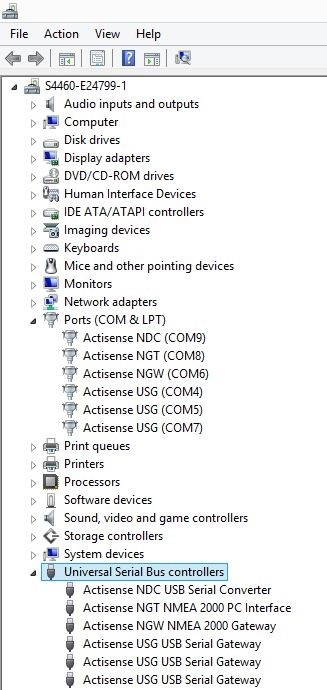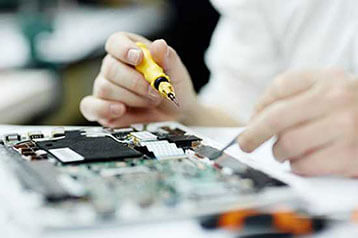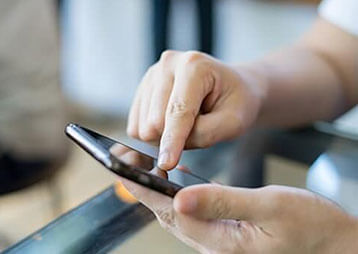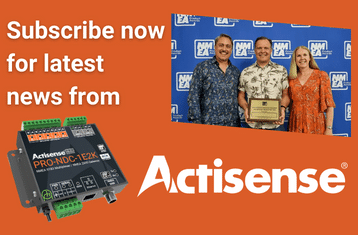USB Device Not Working
This article refers to Actisense devices that are manufactured with a USB cable (like the NGW-1-USB or NGT-1-USB) and the USB kit leads available for the NDC-4, NDC-5 and PRO range. For issues involving connections that use a third party USB to serial converter, please contact the manufacturer of that converter.
If you are trying to use an Actisense USB device and it’s not working, the first thing to check is that the USB drivers have successfully downloaded and installed. This process should happen automatically if you have a working internet connection on the PC being used and if your operating system settings allow it. If this process fails, the same driver files are available for download from the Actisense website.
Checking LEDs
The NGW-1-USB, NGT-1-USB, USG-2 and NDC-4 (when used with the USB kit lead) all require a successful USB driver installation in order to be powered on. Therefore a check of the LEDs will provide a quick indication as to whether the installation has been successful. If you do not have one of these devices, please skip to ‘Checking Windows Device Manager’ below.
Here’s what to look out for;
NGW-1-USB & NGT-1-USB
The two LEDs inside the case will flash quickly and alternately for 2 seconds when powered on. See this video of the NGW-1 for an example.
USG-2
A blue LED next to the USB port on the USG-2 will illuminate and remain solid throughout operation.
NDC-4-USB
The LED next to the white connector where the USB kit lead attaches to the PCB will illuminate red, then amber and then green. It will remain solid green until the NDC-4 begins to receive valid NMEA 0183 data, when it will then begin to flash at the same rate that data is received.
Checking Windows Device Manager
In your Windows Start Menu or Control Panel, search ‘Device Manager’ and click the match suggestion when it appears. Locate the ‘Ports COM & LPT’ and ‘Universial Serial Bus Controllers’ menus and double click to expand them. You should see your Actisense device clearly named and listed under these menus. See screenshot below for an example:

If you your Actisense device in the Universal Serial Bus Controllers menu, but not the Ports (COM & LPT) menu, here’s what to do:
Double click the name under the menu where it is present and navigate to the Advanced’ tab visible along the top row of the pop-up window. Ensure that the ‘Load VCP’ option is ticked. If it isn’t, tick it. You may need to re-start your computer to re-initialise the install of the USB drivers.

Windows Errors
The biggest cause for issues with Actisense USB drivers is due to Windows changing the way they support driver files. The easiest way to fix this is making sure you have the latest Windows updates installed.
To check for updates, search ‘updates’ in your windows Start Menu or control Panel and click the option to ‘Check for updates’. If there are updates available, install them and re-start your computer. It is worth checking updates again after the re-start as some newer updates may be dependent on older ones that you haven’t yet installed.
The latest public drivers (2.12.28) are having issues with Windows 10 after some security changes made by Microsoft. FTDI are working on a new driver build to overcome this problem, however in the mean time, our old drivers can be used and will operate with Windows 10. They can be downloaded from here:
https://actisense.com/downloads/?type=.usb-drivers&product=
If you have tried all of the above and are still experiencing issues, please try searching the support centre again for a more closely related topic, or contact our tech support team.
For more information on NMEA 0183 and how it works, please download our free guide to NMEA 0183 networking here: https://actisense.com/everything-to-know-about-nmea-0183-guide/
For more information on NMEA 2000 and how it works, please download our free guide to NMEA 2000 networking here: https://actisense.com/complete-guide-to-building-an-nmea-2000-network/




